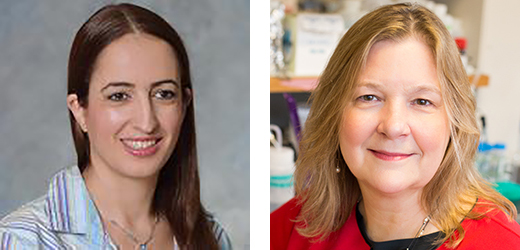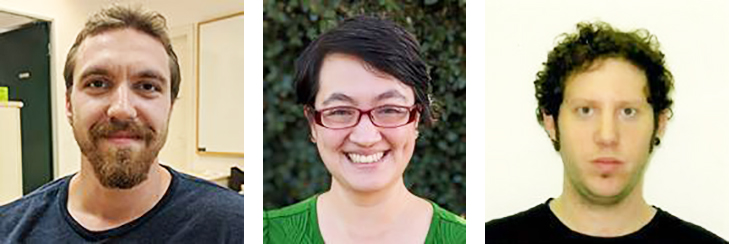Faculty OpportunitiesNorthwestern University and Tel Aviv University Joint Research
McCormick's Global Initiatives office and Weinberg's Israel Innovation Project teamed up with Tel Aviv University in summer 2020 to create funding opportunities that supported timely COVID-19 related research while also fostering new research collaborations between Northwestern University and Tel Aviv University.
This seed funding, provided through the generosity of the Crown Family Fund for Engineering and Science Collaborations with Israel, will grant $25K to each NU award winner while TAU will grant $25K to the TAU partner of each winning research team. The solicitation attracted 8 completed joint NU/TAU proposals across McCormick, Weinberg, and Feinberg, and we are excited to announce the winning teams below:

Hadas Mamane (TAU) & Kimberly Gray (NU)
Title: “Anti-COVID-19 high-touch surfaces using photocatalytic transparent films"
The goal of this collaboration between the laboratories of Professors Kimberly Gray at Northwestern (McCormick) and Hadas Mamane at Tel Aviv University (Engineering) is to develop biocidal thin films that will disrupt the transmission of coronavirus and other pathogens on high- touch surfaces (e.g. instrument touch-screens) common in clinical or commercial settings. In Gray’s lab, photocatalytic nanocomposite thin films will be synthesized and characterized for robust and durable disinfection. In Mamane’s lab, the performance of select thin films will then be tested for viral and bacterial inactivation under a variety of conditions. We believe that integrating the expertise of Gray and Mamane with the support of this seed grant will lead to effective solutions that will achieve disruption of infectious vectors on surfaces and lead to novel product development.

Uri Obolski (TAU), Jaline Gerardin (NU) & Daniel Nevo (TAU)
Title: “Drivers of differential COVID-19 spread and response to interventions in minority populations”
Since March, the Northwestern University and Tel Aviv University teams have been using models to advise policymakers in Illinois and in Israel. Each team’s models have certain strengths and weaknesses. NU: fast, flexible, and calibrated to capture epidemiological data from Illinois. We have good confidence that this model can replicate actual transmission dynamics at a regional level. TAU: detailed and suitable for microscale questions such as how infection is spread within and between households. Good for looking at questions like impact of targeting interventions at specific subpopulations.
In this project, Jaline Gerardin at NU (Feinberg), with Daniel Nevo (Exact Sciences) and Uri Obolski (Exact Sciences, School of Public Health & Environmental Sciences) at TAU proposed to combine the strengths of our models to look at how coronavirus spreads differently in minority populations and what that means for what interventions are needed to contain the epidemic.
